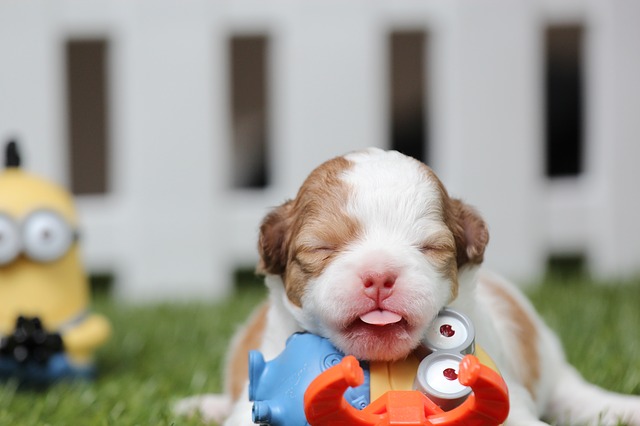Puppies are one of life’s greatest joys. They are also one of the cutest things on the planet. There is a reason for this – if they weren’t, no one would put in the immense amount of work it takes to train a puppy. Luckily, you don’t have to go at it alone. There are many professionals out there to help you with whatever your training goals are and you should plan before you even bring your puppy home. To help you get started, here are the top 10 puppy training tips that will help ensure a well-behaved adult dog.
#1 – Be Positive
Scientific research has proven that positive training is the best way to train a dog (or any animal!). You’ll get faster results, a stronger bond and a dog that LOVES to work because it’s rewarding.

#2 – Consistency is Key
Set your house rules before the puppy ever gets home. Then, make sure everyone in your home knows the rules and agrees to follow them. Dogs are literally creatures of habit and having set rules from day 1 that don’t change (like whether or not they are allowed on the bed), will help your dog learn the rules quicker. He will also be more relaxed because he will know what he can and cannot do. Also, routine helps with potty training!
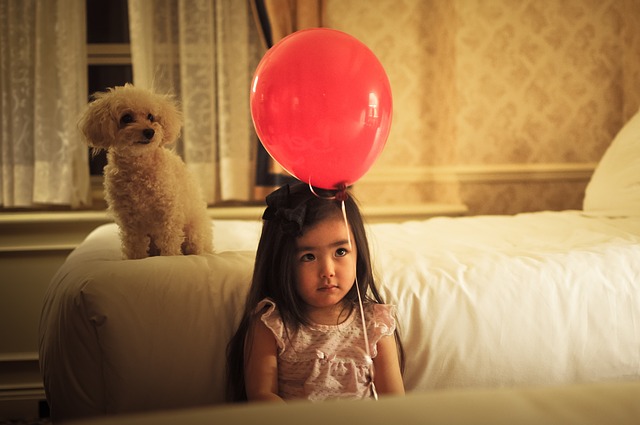
#3 – Be Prepared
Before you bring home your puppy, make sure your house is ready. Part of training is managing your pup until they learn the rules. Have baby gates in place, remove chewable or breakable items that are at dog level, buy a crate and get it set up and don’t forget lots of chew toys.
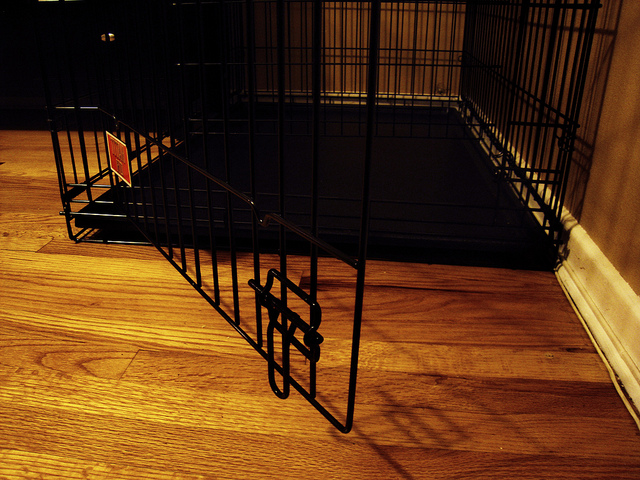
#4 – Set Them Up For Success
Don’t leave your new puppy loose in your living room – even for five minutes. If you do, don’t be mad/surprised if you come back to a chewed remote and a potty accident. Your puppy doesn’t know she did anything wrong – how could she? And science has proven there is no point in punishing her now. Everything is new to her, so set her up for success by not leaving her alone until she’s older and knows the rules. Until then, keep them with you, tethered (tie a leash about your waist), in a crate or in a puppy-proofed small space such as an x-pen. This will prevent set-backs in your training.
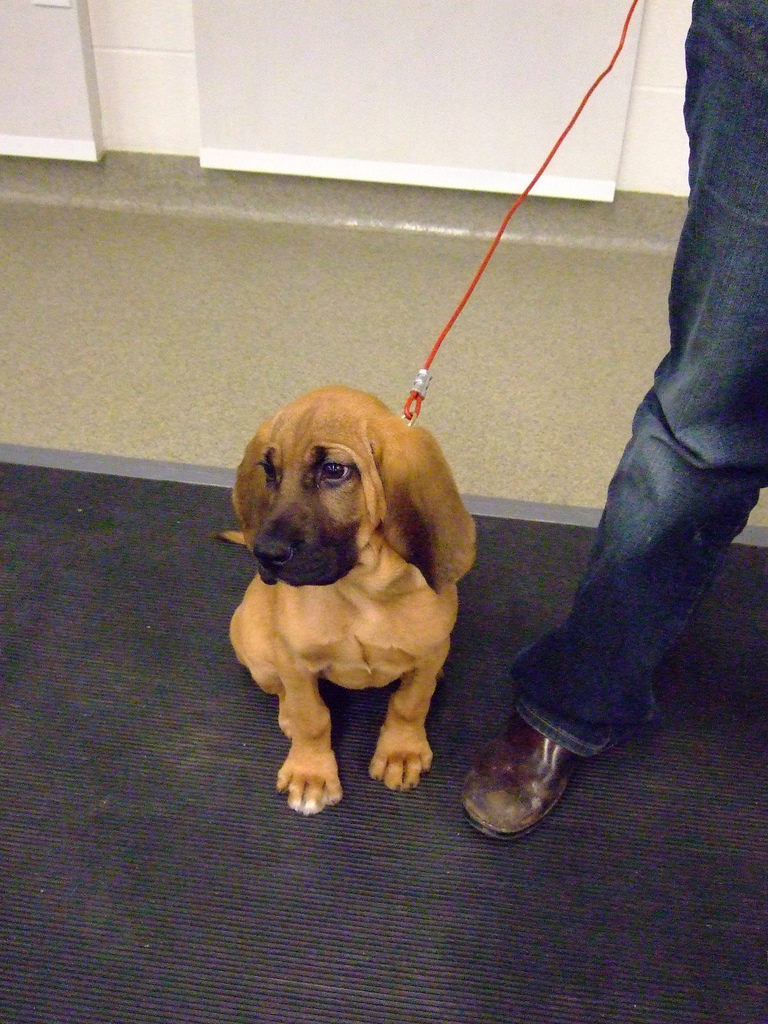
#5 – Start Training Immediately
My youngest sheltie learned lie down and sit when he was eight weeks old. By the time you get your puppy (eight weeks at the earliest!), she is more than capable of learning cues and behaviors (like loose leash walking – before she gets too strong!), so don’t wait! The sooner the better! (remember to wait until she has had all her shots before enrolling in a class, but you can begin training at home).
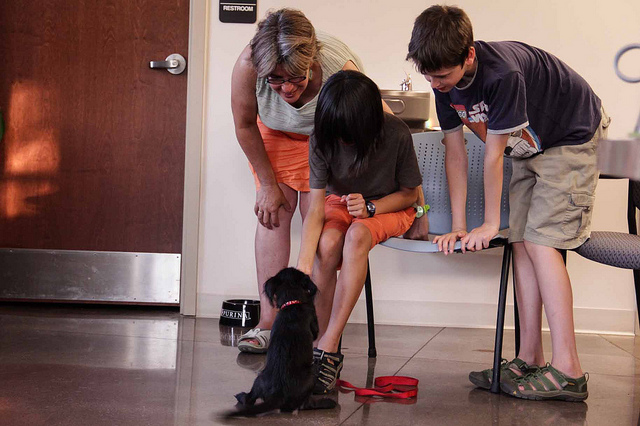
#6 – Work For Meals
Not wanting to work for food or being “unmotivated” (many owners say stubborn) is a big complaint I get from dog owners of older dogs who weren’t trained much as younger dogs. One of the reasons for this is because the dog knows he is going to get fed his meals regardless of whether he works or not. You can prevent this mindset easily with your puppy by having them work for their meals. You don’t have to do the whole meal, but just work on a few cues, like sit or leave it, before giving them the rest of the bowl (which they should sit politely for!). This will instill a “nothing in life is free” work ethic and you will be a very happy dog owner.

#7 – Keep Sessions Short
All dogs do better with short training sessions and not a lot of repetitions (don’t ask your dog to sit twenty times in a row). In fact, some dogs will stop responding if you ask too many times and you don’t want that! When they get older, you can work on building up repetitiveness, but when they are puppies, you want to keep training short and fun so they enjoy it and want to do it. So, five minute sessions three times a day is much better than an hour long lesson once a day.
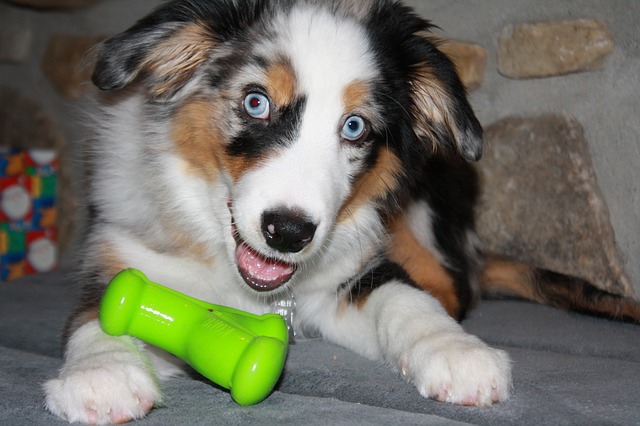
#8 – Introduce New Things Slowly
The first time your puppy experiences something can affect the way your pup will feel about that object/event/person/etc. for the rest of their life. Make sure new things and experiences – car rides, bikes, baths, kids, etc. – are introduced slowly and positively! Pair with lots of treats and if your see signs of stress, adjust the situation to make your dog more comfortable or remove them. DO NOT force your puppy, it will make the fear worse.
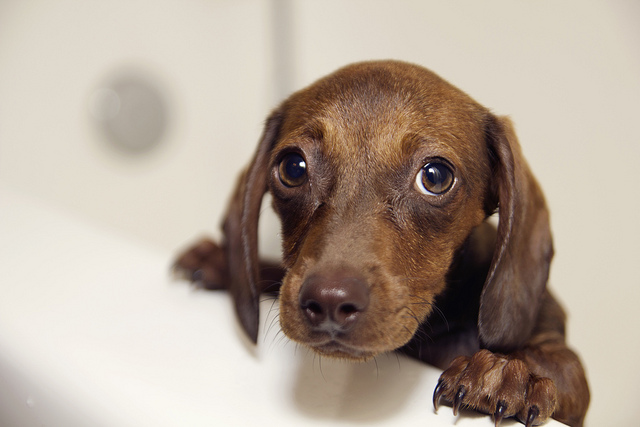
#9 – Crate Train
I can’t stress the importance of crate training enough! BUT…the crate is NOT for punishment – it should be a friendly, safe environment your dog loves to spend time in. Start as soon as they get home and you’ll have a dog that knows how to settle and be calm in his crate. This is very helpful for when you need your puppy in a safe place so you can take a shower or fix dinner. It’s also helpful so they feel calmer at the vet’s, groomer’s, or if you ever have to him board at a kennel.
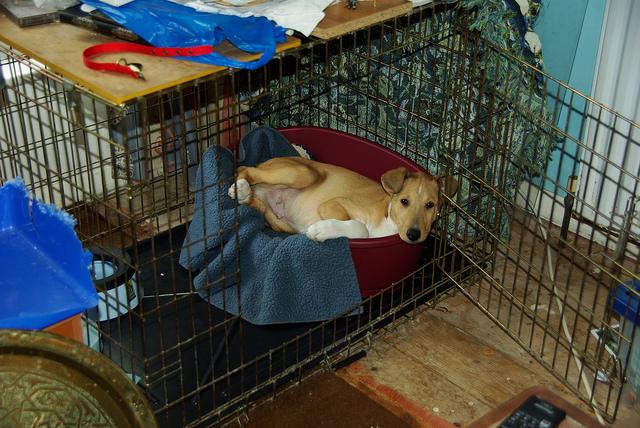
#10 – Be Patient and Have Fun!
Lastly, and perhaps more importantly, be patient and have fun. Everyone makes mistakes. You wet the bed when you were little; your child drew on the walls – it happens. Even more so when the little one you are raising isn’t the same species as you. You can’t explain to her why your iPhone isn’t a chew toy. So have patience! And, have fun. You got a puppy because you love dogs and wanted to provide a good home to a best friend. Enjoy puppyhood because it goes quickly and then you’ll look back with fondness and wish for those days back again.
